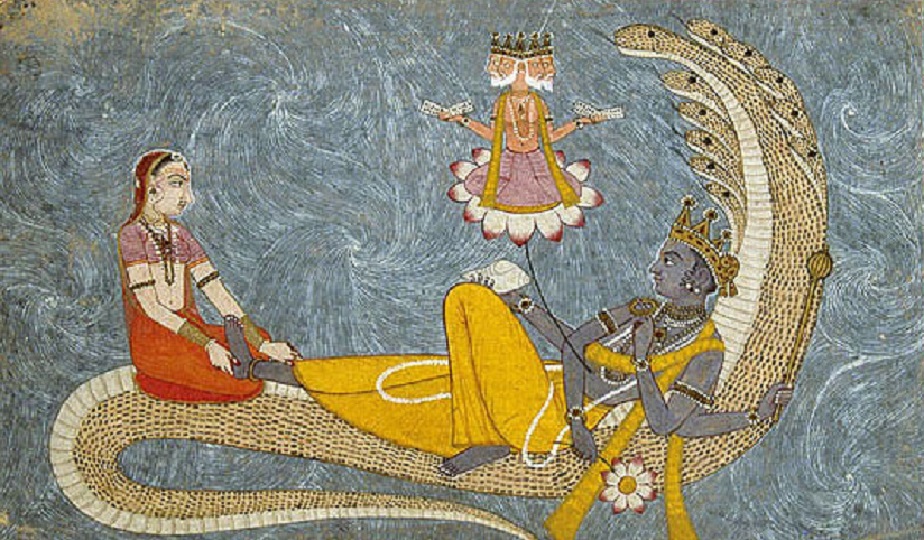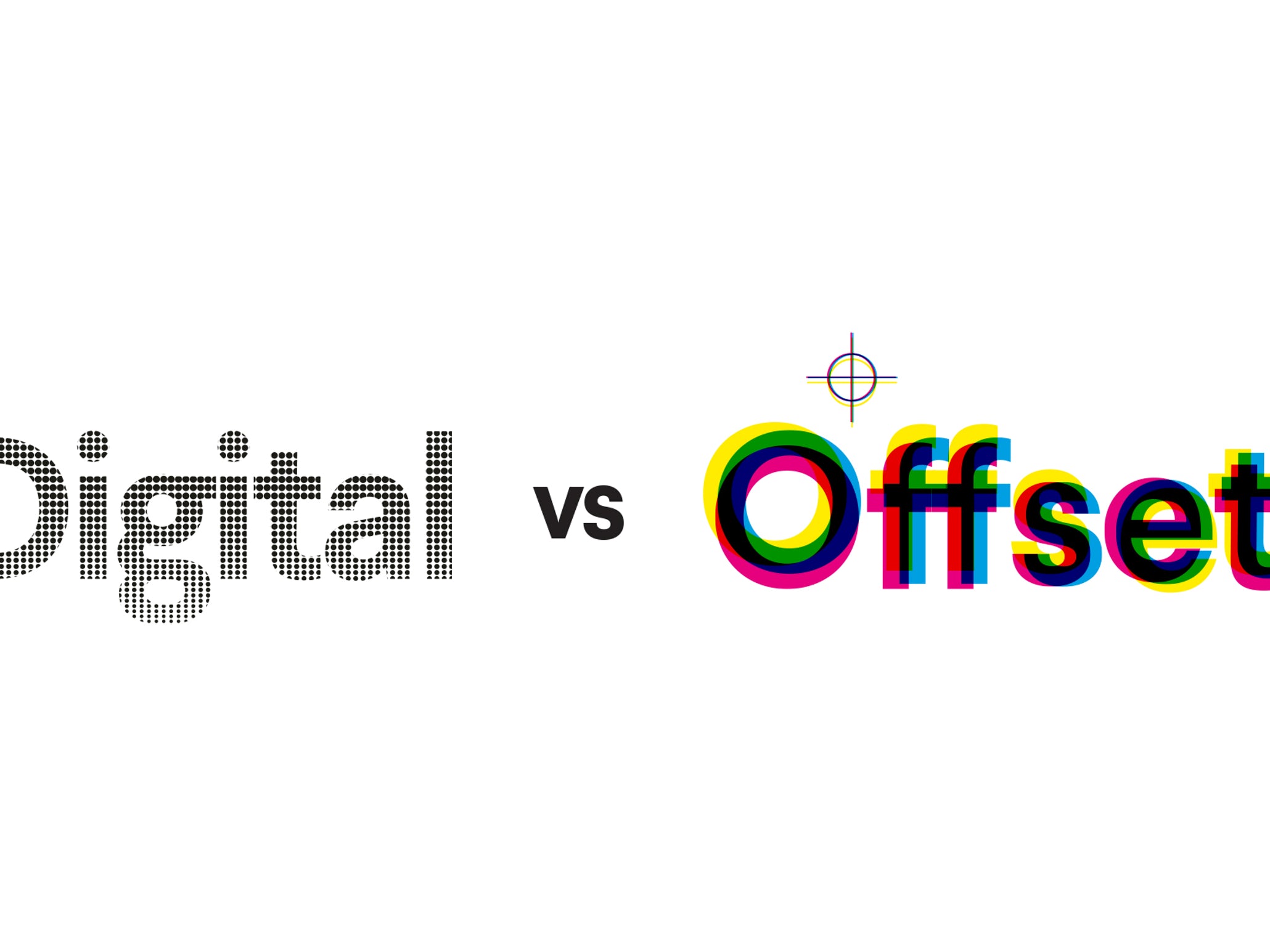The colors can be produced by two different methods: with light or by chemical pigments. A color space is the sum of all colors that can be achieved by any of the methods listed above. Color space is an abstract mathematical model describing the way colors can be represented.
The systems used today are based on color coordinates of CIE scientific physical system (RGB CYM, CIELab, CIELuv, CMYK) and the empirical systems of color evaluation (Munsell, Hunter, Pantone or Trumach). The most popular color models: RGB (Red, Green, Blue), CMYK (Cyan, Mangenta, Yellow, Black) YIQ, YPbPr, HSV (Hue, Saturation, Value), HSL (Hue, Saturation, Lightness / Luminance ). The most common are RGB and CMYK.
RGB colors
Although pure white light appears colorless in reality it contains all colors. When white light strikes an object, it selectively blocks some colors and reflects the rest who are left. The colors reflected gives the sensation of color.
A black object absorbs the entire range of colors, white objects reflect the entire range of colors. For example, a red object will absorb some of the color spectrum, reflecting what we perceive as red.
A vast majority of color in nature can be reproduced by RGB model (Red, Green, Blue). RGB color model is an additive model, ie mixing all three colors in equal quantities produces white. The three colors used in this model are called primary colors.
rgb
The RGB model is specific for digital photographic images and is used on the Internet in web graphics. This color model is used in monitors to produce color . In RGB model on 24-bit exist 256 variations of each of the primary additive colors red, blue and green.
It follows 16,777,216 possible colors. The intensity of each primary color is represented on a scale of 0 to 255, where zero is the total absence of light and 255 is the maximum light intensity .
CMYK colors
CMYK model is an embodiment of the colors by mixing of pigments physics (inks, tus, paints, etc.). CMYK color model is a subtractive model. In this color pattern case, inks and paints occur colored due to the action of light on them.
Each ink absorbs the colors of the light spectrum, except it own color, which reflects it. To reproduce a large beach of colors, in this model are used three primary colors Cyan, Magenta, Yellow. When you mix the three colors in equal amounts on a surface, in theory all the light is absorbed, so the surface appears black.
cmyk
The CMYK model is used for printing, colors being obtained by overlapping shades of cyan, magenta and yellow, creating the illusion of continuous tones like a photo. In the CMYK model there are 100 variations of each of the primary subtractive colors cyan, magenta, yellow, black. The intensity of each primary color is represented on a scale of 0 to 100, where zero is the total absence of color and 100 the maximum intensity of color.
Due to existing impurities in ink, black can not be achieved only by combining the three primary colors. By combining the three primary colors will appear a brownish color. It is necessary to add black ink to compensate for these impurities. The four primary colors (Cyan, Magenta, Yellow and Black) are inks that print the inkjet printers, laser printers and typography esses.
To use black ink there are several reasons, besides the inaccuracies of black color reproduction by subtractive mixture. Black ink is cheaper than the three primary colors. The paper will dry faster by using a single layer of black, but by mixing three layers of color.
In CMYK model case are many variables that can influence the production of colors: the ink absorption characteristics on various types of paper, ink viscosity, the amount of ink deposited on a surface, ink quality, the method of applying ink, color and composition paper , paper texture, etc.
Gamut Colour
The electromagnetic spectrum emitted by the sun (light) contains sections that the human eye is unable to see (infrared color for example). No used color space (RGB, CMYK, etc.) can represent all the colors perceived by the human eye, or those that actually exist. Each color space depends on the equipment used to create it.
When a particular color space (in this case the human eye) is unable to achieve, we say that it’s outside the gamut. The image represented on a monitor through the RGB model is only an approximation of reality. Also the image taken by printing in CMYK model is only an approximation, not only of reality but also the image represented by a monitor. Printed images (CMYK model) are lower than those shown on the monitor (RGB model).
Link between RGB and CMYK
The visible part of the light spectrum can be reproduced using RGB additive model. Subtractive CMYK colors can be reproduced by combinations of light of RGB additive model.
rgbcmyk
Additive colors (Mixtures of Light – picture top left)
Red + Green = Yellow
Red + Blue = Magenta
Blue + Green = Cyan
Red + Green + Blue =
Subtractive colorS (Pigment mixture – top right image)
Magenta + Cyan = Blue
Cyan + Yellow = Green
Magenta + Yellow = Red
Cyan + Magenta +Yellow = Black






